A Global Food Critic who has Eaten at Every 3-Star Restaurant
Andy Hayler's Top 10 Restaurant Recommendations in Japan
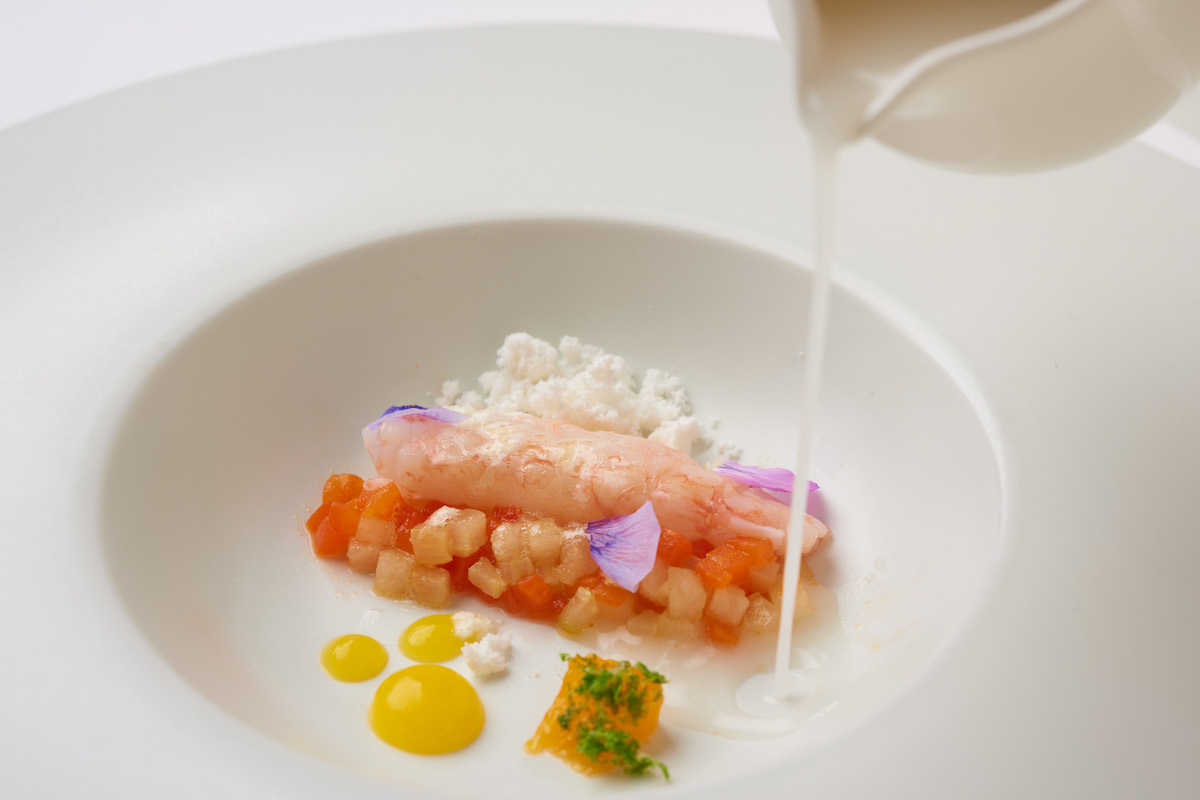
A Global Food Reviewer from Over 200 Cities since 1994
Based in London, Andy Hayler has, on several occasions, eaten at every 3-star restaurant in the world. He is a published author and the restaurant critic for Elite Traveler Magazine.Completed Eating at Every 3-Star Restaurant in the World in 2004
In 2004, Andy completed eating at all 3-star restaurants in the world. He has kept up with the world-famous restaurant guide's expansion and new entries every couple of years. By early 2019, there were 126 3-star restaurants in the world and Andy has reviewed every one of them.Andy pays for his own bills, and does not take free meals from restauranteurs. As a result, his reviews are very honest and trustworthy.
Click Below for Andy Hayler’s Social Media Accounts
Nishi-Azabu Taku
2-star for 10 consecutive years, enjoy famous sushi here
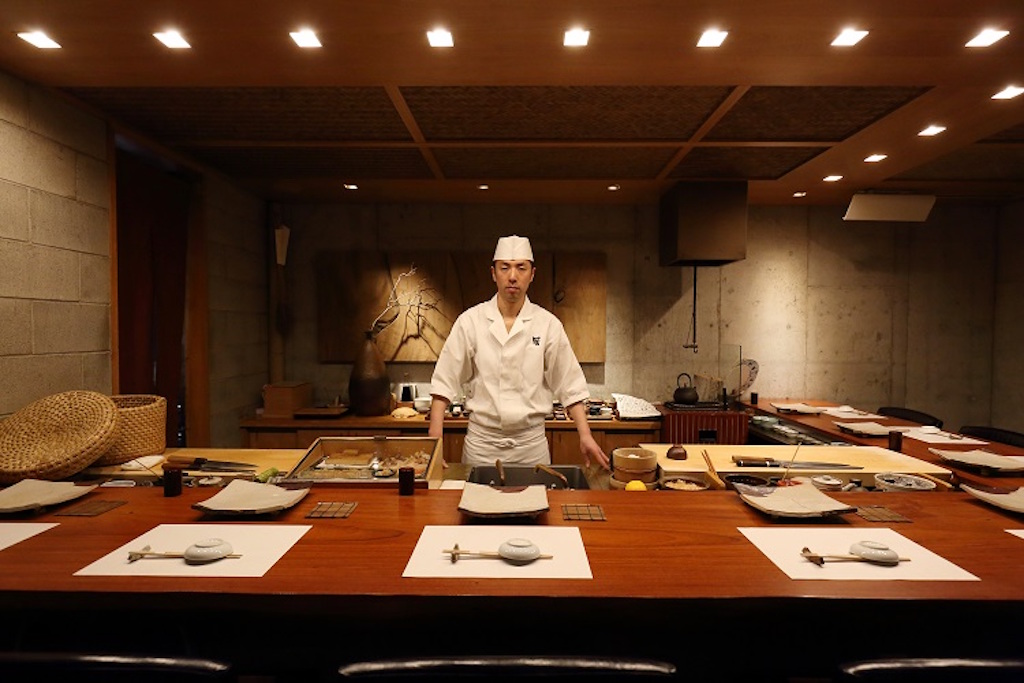
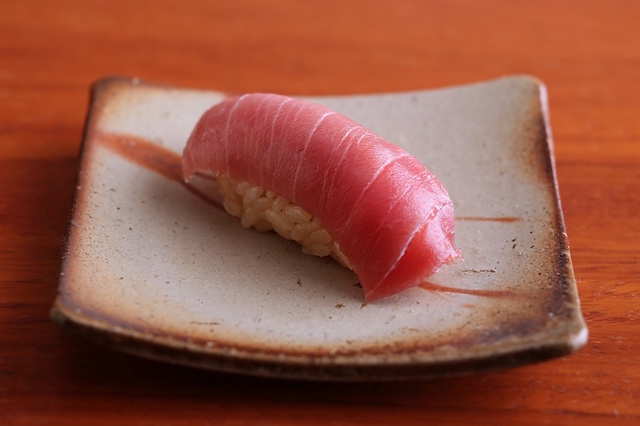
This eight-seat sushi restaurant is located in a quiet Roppongi side street. Your meal will began, as is usual, with a sequence of appetizers, which might include crab and ginkgo nuts, or flounder sashimi. There was even remarkably good raw aubergine, which is not a sentence I ever expected to write. The sushi rice had good texture and was precisely seasoned with vinegar and freshly grated wasabi as required. There are standard sushi offerings such as tuna in its lean and fatty forms, as well as yellowtail and Spanish mackerel. However, there are also less common offerings such as needlefish. The service is particularly good, with great attention to detail. This is not as famous as some Tokyo sushi restaurants, but the standard is high.
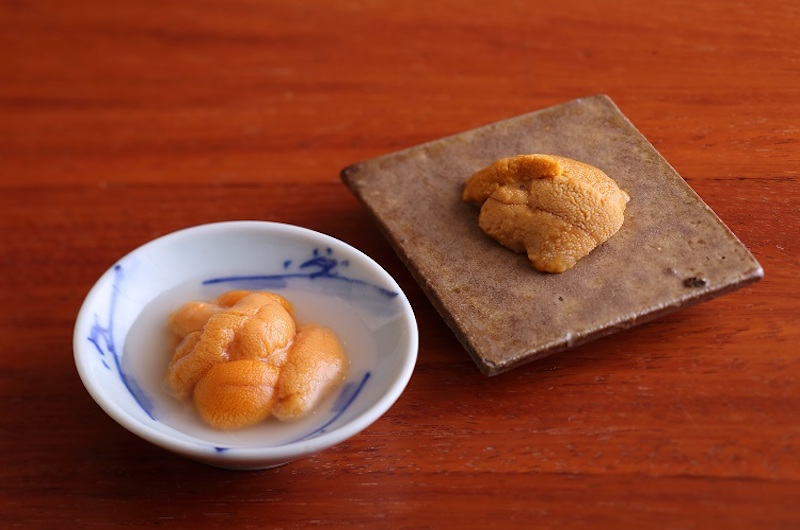
- 5-minute walk from Nogizaka station
- Dates, By yourself, Receptions
- 21,600 yen~
Restaurant Kodama
Enjoy 1-star healthy and original Japanese cuisine, the pure Japanese cuisine
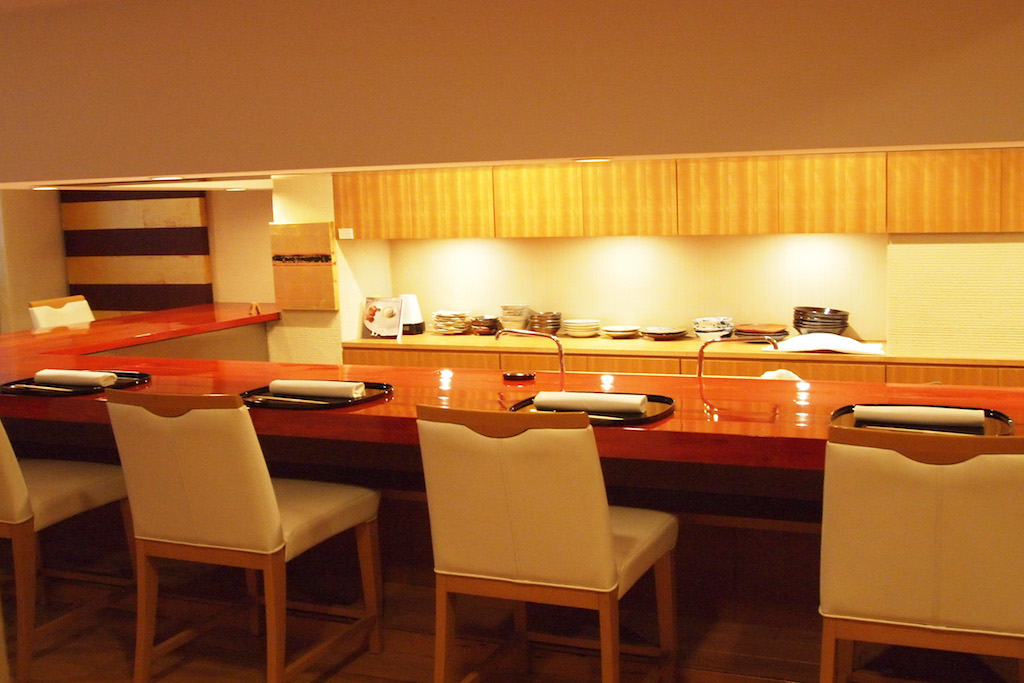
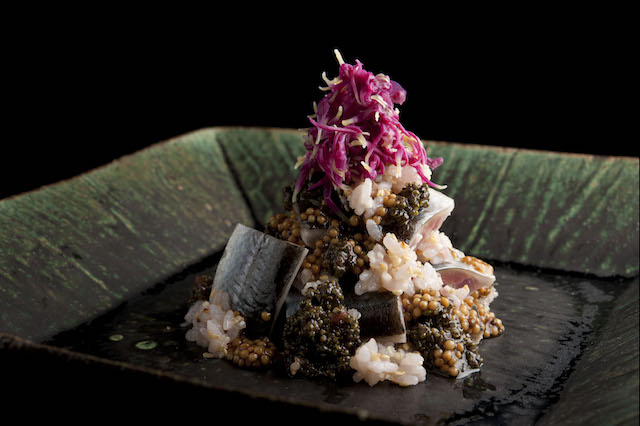
This restaurant in a Roppongi side street serves modern kaiseki cuisine. Seated at the ten-seat counter you can watch the chef preparing the dishes in front of you. Dishes here are well balanced and precisely seasoned, illustrated by dishes such as cooked tuna cheek with spring vegetables and ginger, or crab with soy-based jelly on a bed of crispy rice. Even humble ingredients are made to sing here, shown by an excellent turnip in a soy-based jelly with freshly grated yuzu zest. The solitary star that this restaurant currently gets understates the considerable skill of the chef.
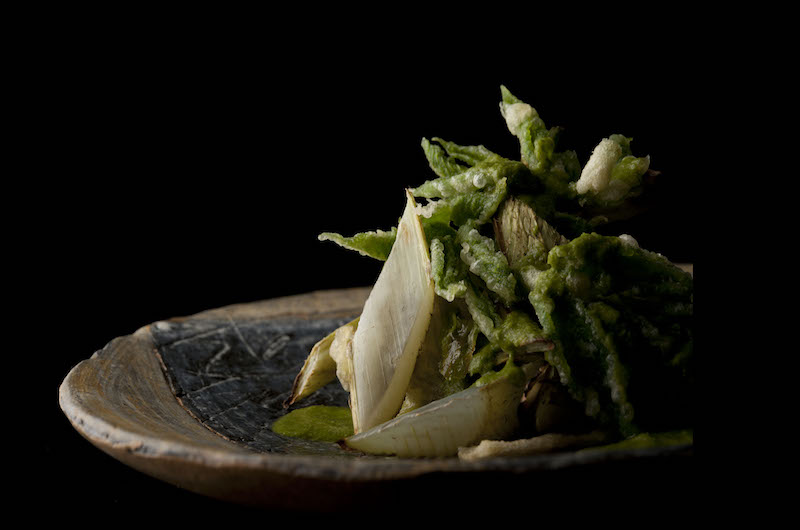
- 12-minute walk from Tokyo Metro Hibiya Line Roppongi Station Exit 2
- Dates, Family
- 23,760 yen~
HEINZ BECK
A fine dining restaurant named after Mr. Heinz Beck, who's restaurant in Rome, Italy has received 3-star for more than 10 consecutive years
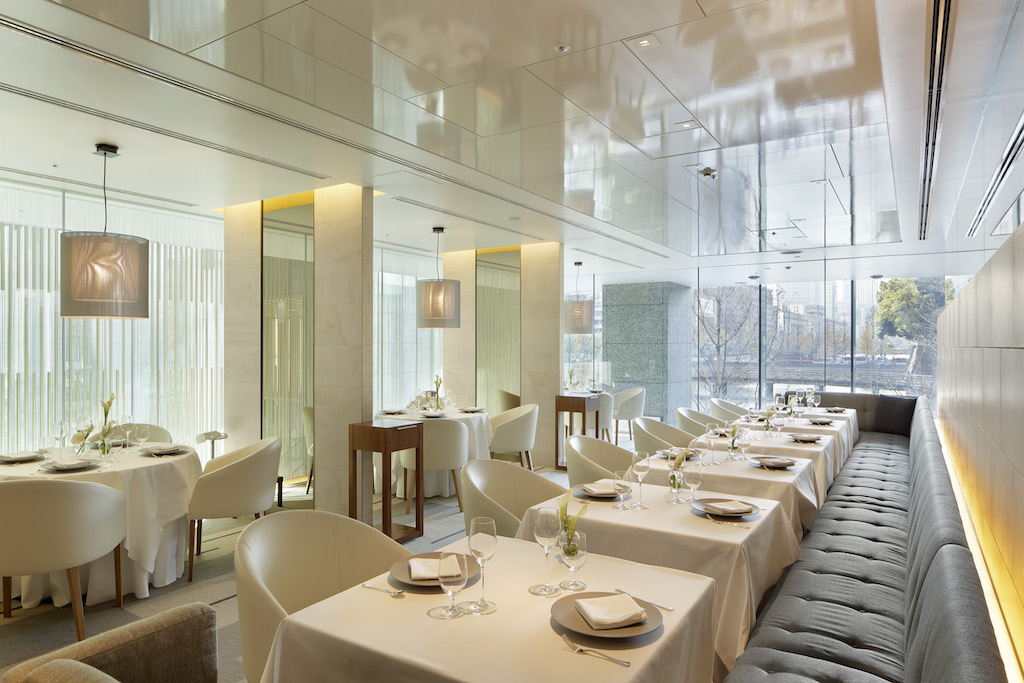
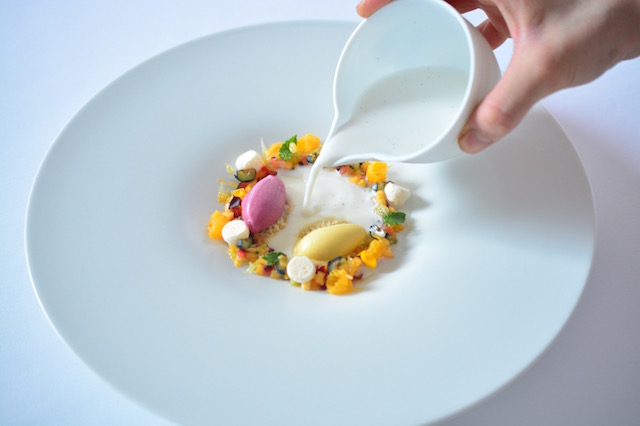
Heinz Beck runs Pergola, the only 3-star restaurant in Rome, as well as a miniature empire of outposts around the world. The Beck restaurant in Tokyo has a quintessentially central location, directly overlooking the moat of the Imperial Palace. The signature pasta dish of Mr. Beck, faithfully reproduced here, is fagotelli, which is essentially ravioli with a liquid centre of carbonara sauce. Ingredient quality is high, illustrated by a lovely pigeon breast from France stuffed with top-notch foie gras from the Landes, coated in spinach and served with a red wine sauce. The service and surroundings here are as elegant as the cooking.
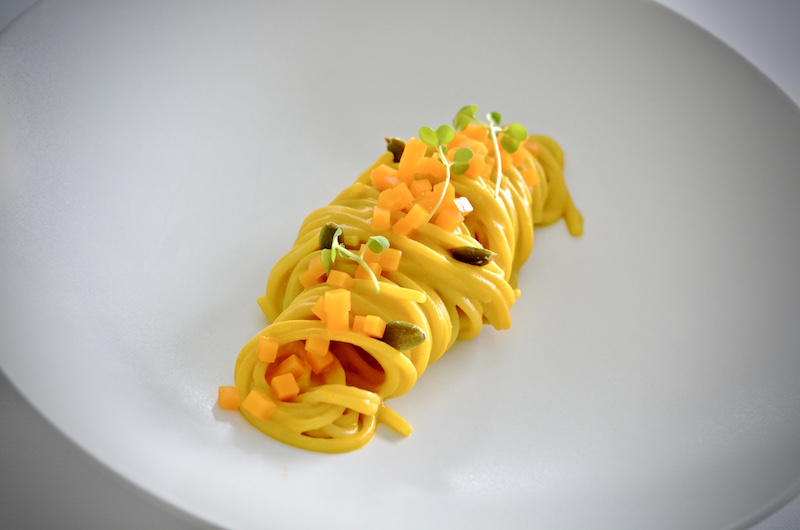
- 5-minute walk from Toei Mita Line Otemachi Station Exit D6
- Dates,Receptions,Family,Foreign Guests
- 7,128 yen~
Restaurant Ryuzu
Artisanal skills sublimating the season’ finest fruits
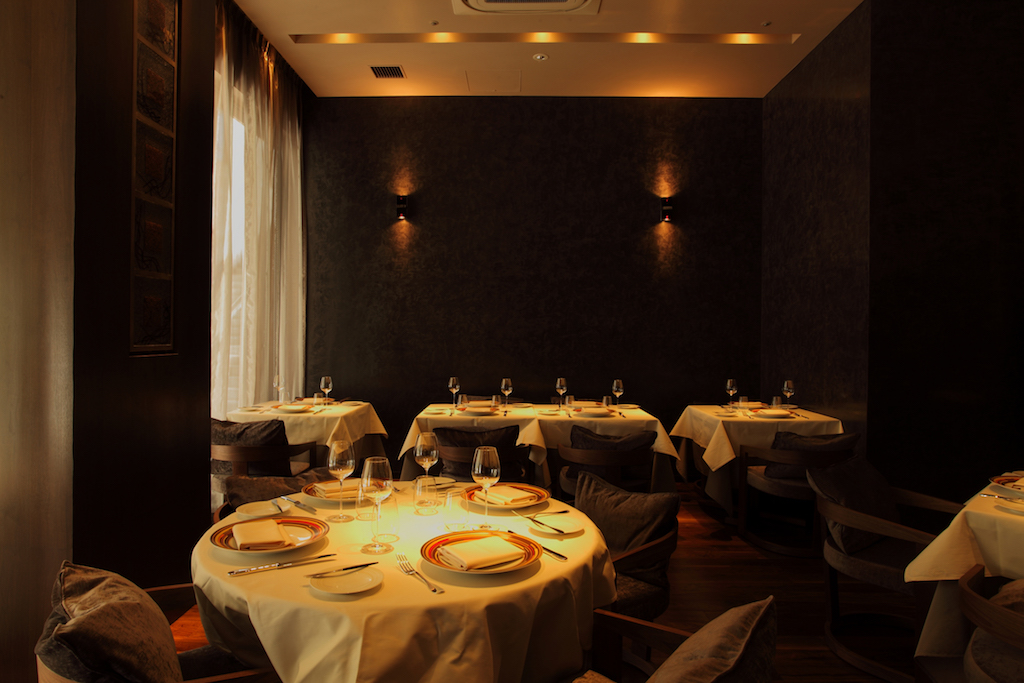
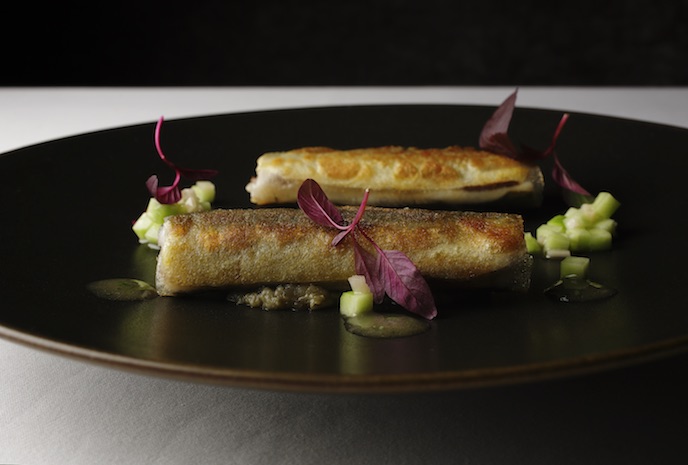
In this Roppongi basement is a restaurant serving French style food but with classy Japanese ingredients. The signature dish is shiitake mushroom and pancetta tart made with filo pastry, the pastry as delicate as you could wish, the smoky hint of the ham working beautifully with the mushrooms. You might move on to butterfish with matsutake mushrooms, or wagyu beef with girolles, lotus root and boulangere potatoes. Your meal might conclude with a refreshing grape jelly and grape sherbet dessert. The service here is excellent, and there is a quite substantial wine list in addition to the usual beer and sake choices.
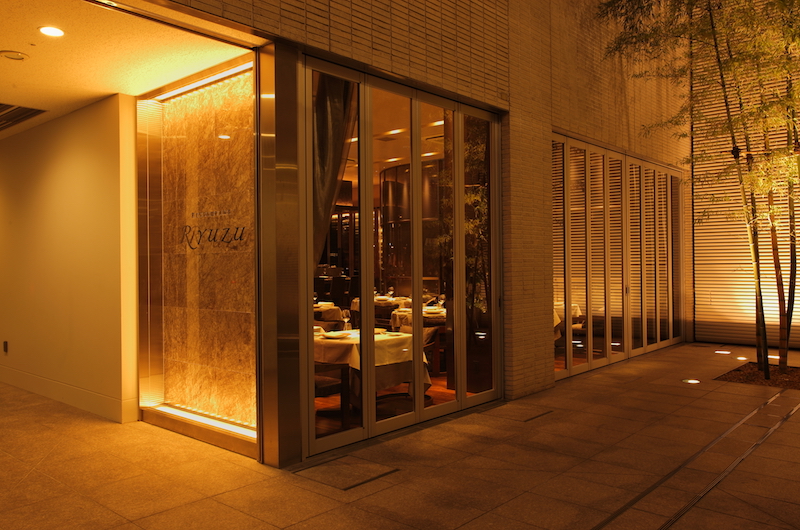
- 3-minute walk from Hibiya Line Roppongi Station Exit 6
- Dates,Receptions,Family,Foreign Guests
- 6,380 yen~
Kurosaki
Exquisite sushi in Shibuya, a perfect place for sushi dates and private dinners
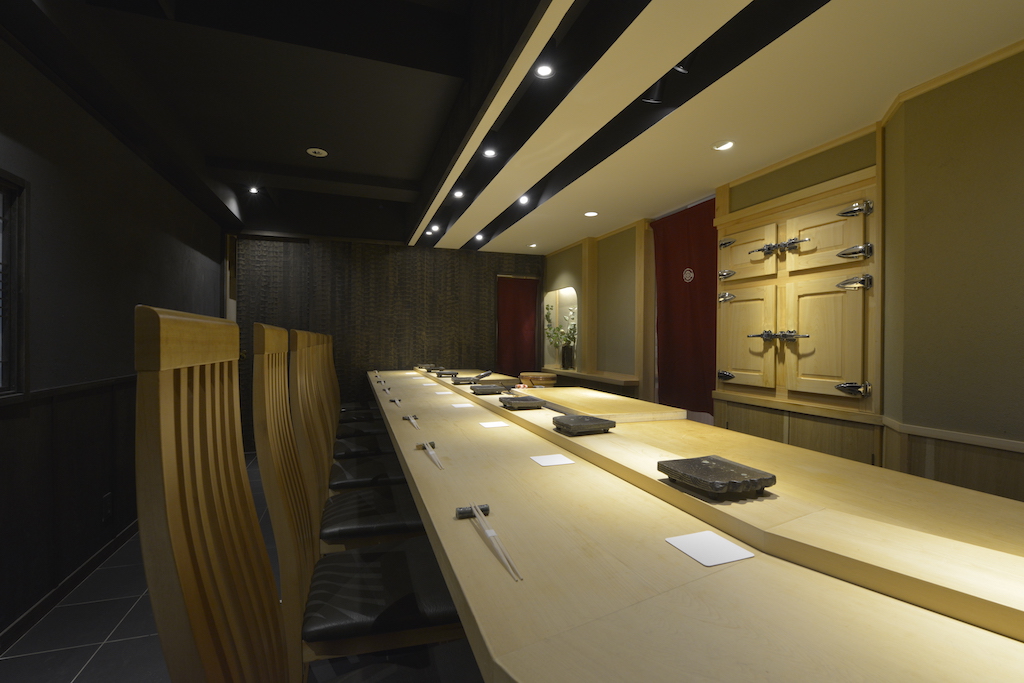
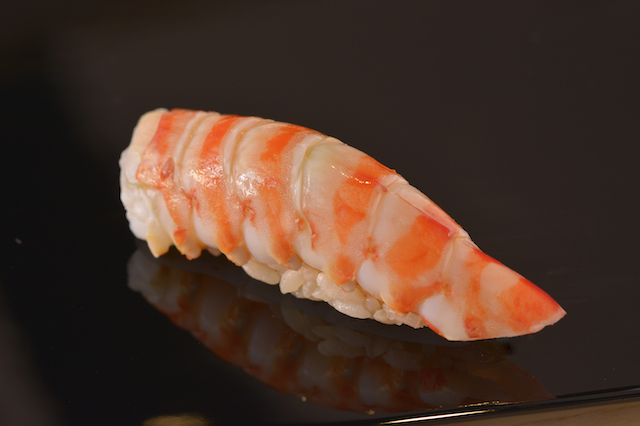
Behind a wooden counter in this quiet Shibuya location, Kazuki Kurosaki prepares high-class sushi. Your meal will normally begin with a sequence of appetizers such as lightly salted bonito sashimi, or sea urchin topped with salmon roe on a bed of rice. The sushi sequence features crowd-pleasers like kohada and tuna, but also less common dishes like filefish and its liver, and the occasional cooked dish such as grilled fresh water eel. The nori rolls here are exceptionally delicate, and a lovely delivery vehicle for some gorgeous tuna. This is a restaurant that is not as well known as some of the Tokyo sushi temples, but is of a very high standard.
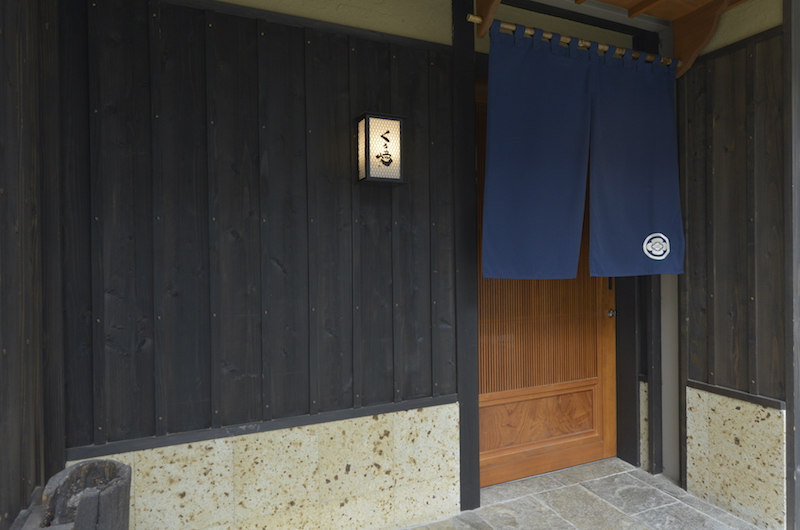
- 7-minute walk from JR Yamanote Line Shibuya Station
- Dates,Receptions,Family,Foreign Guests
- 30,240 yen~
Azabu Kadowaki
2-star Japanese restaurant with exquisite "truffle claypot rice"
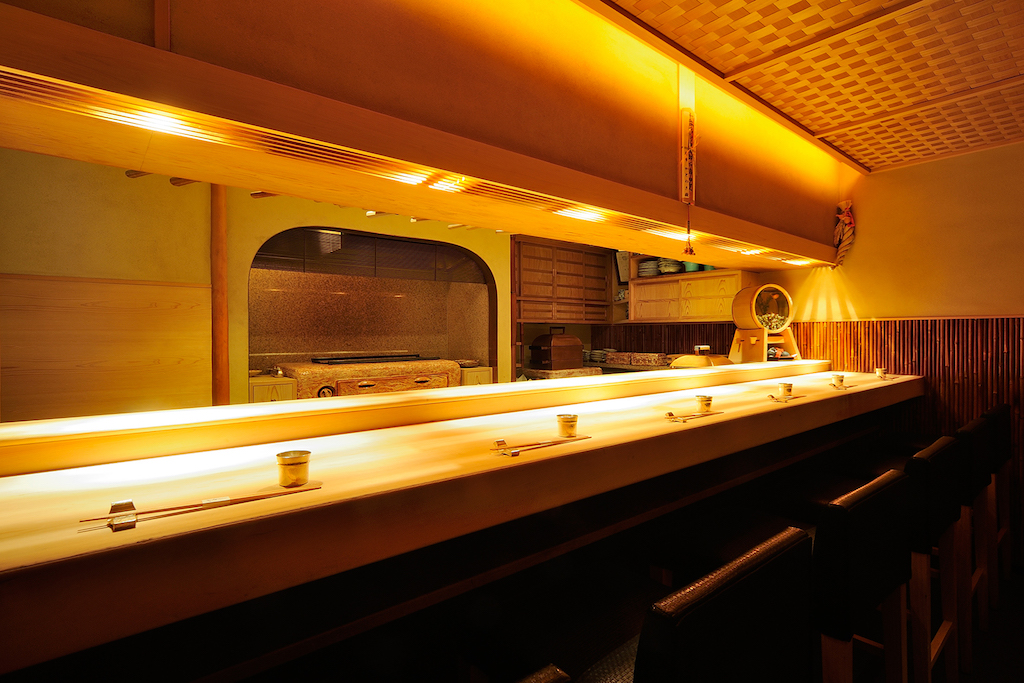
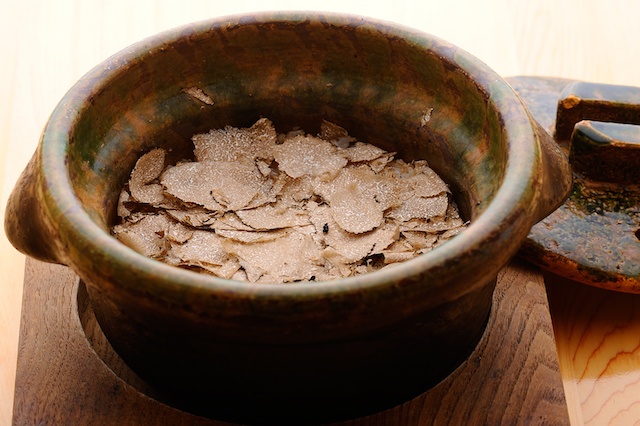
This kaiseki restaurant in Minato-ku is unusual in that there are some foreign influences to the cooking, rather than it being purely traditional. At the six-seat counter you can see the chef preparing dishes like shrimps with chili rice, or snapper with sansho, the Japanese mountain pepper that has a numbing spiciness. It is rare to see spice used in kaiseki cooking, but many of the dishes here feature it. Your meal might finish with rice topped with Italian black truffles. This is an interesting restaurant that moves beyond traditional kaiseki, and where the cooking is classy and the welcome is warm.
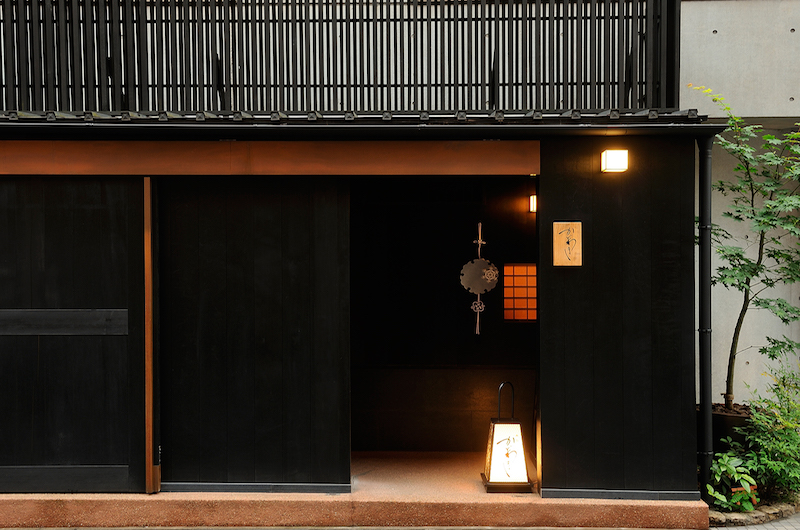
- 5-minute walk from Namboku Line Azabu-Juban Station, Exit 4
- Dates,Receptions,Business
- 36,590 yen~
Sushi Arai
Irrefutable taste; a young yet seasoned Ginza veteran hushes even the loudest of critics
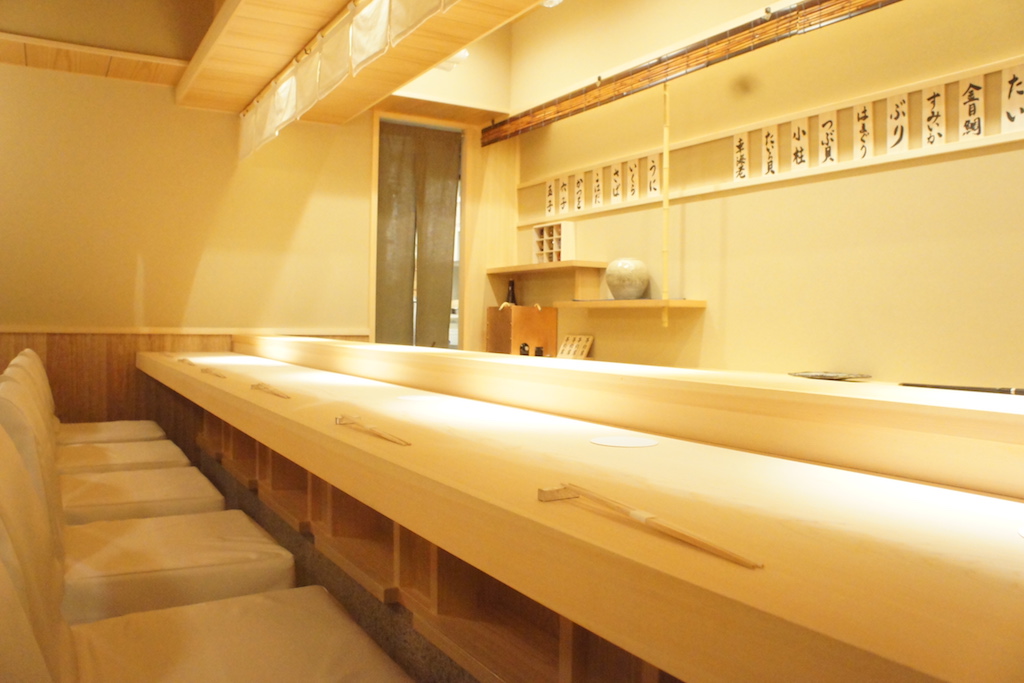
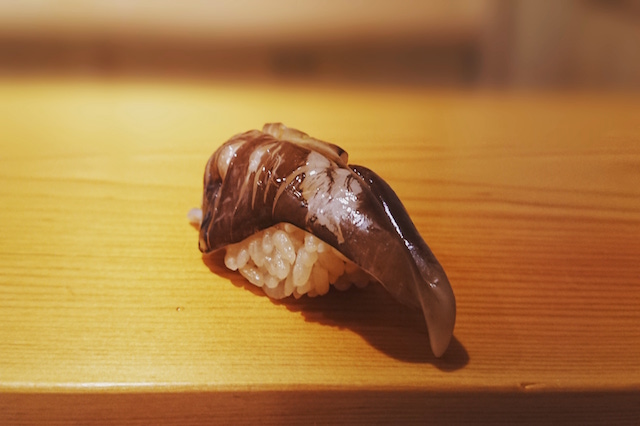
This basement sushi restaurant in Ginza may only have 1-star at the time of writing, but is one of the highest rated sushi restaurants on a Japanese gourmet review site. The voters have got it right, as the standard of the sushi here is extraordinarily high. The texture of the vinegared rice is flawless, and the quality of the fish is terrific, from the kohada (gizzard shad) through to the exceptional tuna, including the unusual cut of kama or gill flesh. In a city of high quality sushi restaurants this one is near the very top, and is a tough reservation.
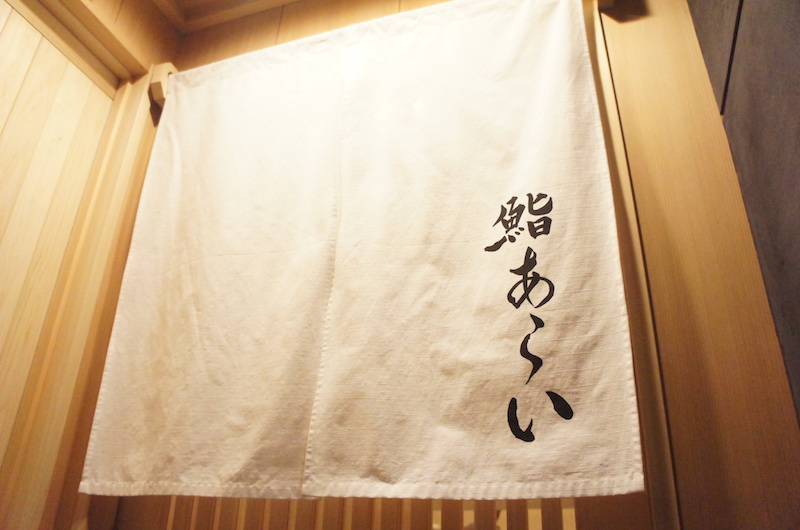
- 5-minute walk from Ginza Linw Ginza Station, Exit A5
- Dates, Receptions, Business
- 21,600 yen~
Tenkou Honten
A 1-star Edomae-style tempura in Hiroshima
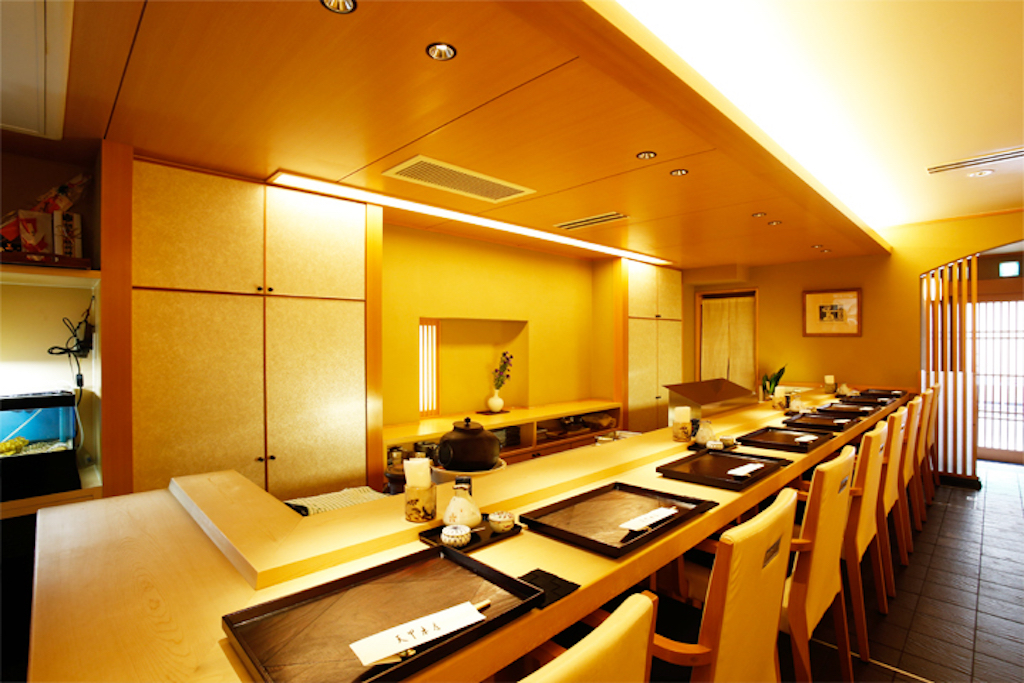
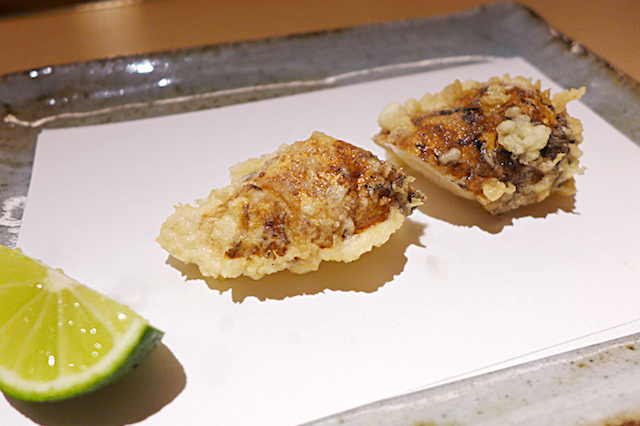
This restaurant in central Hiroshima serves tempura, the chef having previously cooked in Tokyo. This is an intimate restaurant with just eight counter seats, the chef cooking your food directly in front of you. An example of the emphasis on product quality here was that the prawns were alive and moving on the counter moments before being cooked. The tempura batter is light and delicate, and the sequence of tempura dishes featured uniformly good ingredients, from the sea bream through to the local oyster. Whiting (kiss fish) is particularly good, the fish delicate and encased by a light coating of crisp batter. This is an excellent illustration of just how good tempura in Japan can be.
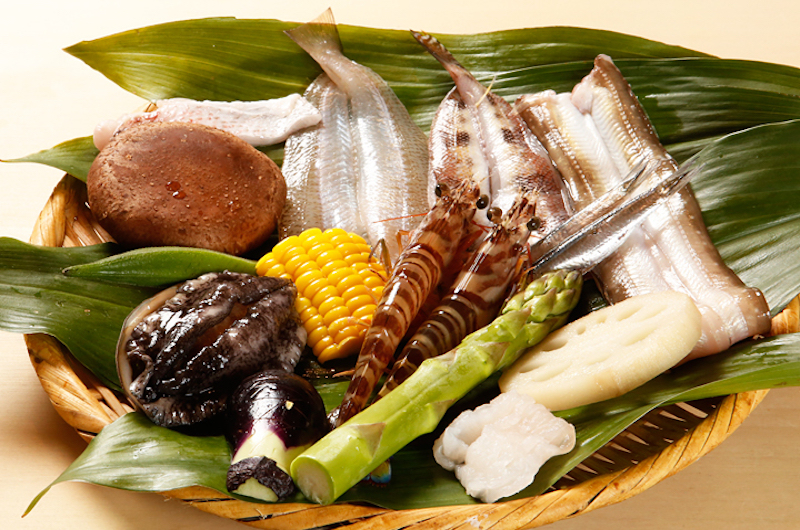
- 5-minute walk from Ginza Line Ginza Station, Exit A5
- Friends, Family, Business, Foreign Guests
- 4,763 yen~
Kitashinchi Koryu
Enjoy creative 3-star Japanese cuisine at a 12-seat counter restaurant
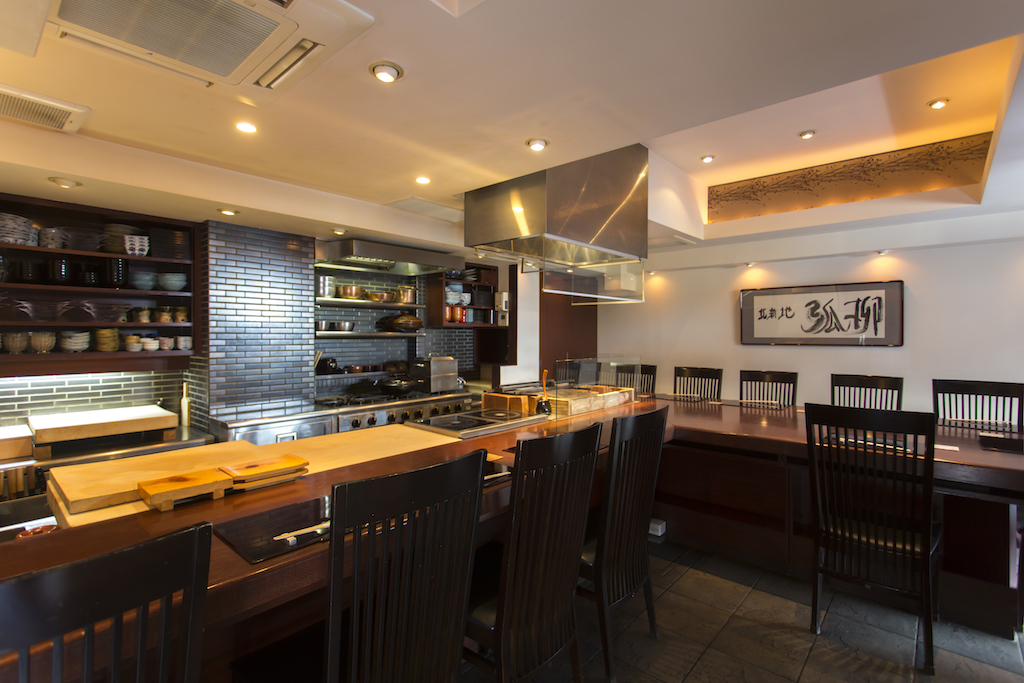

This twelve-seat restaurant in central Osaka serves kaiseki cuisine. Seats are set around a counter with a central grill with assorted charcoals and wood for various grilled dishes. The meal unfolds over a sequence of elegant courses, which may start with dishes like abalone with mustard dressing, before moving on to more substantial dishes like superb blackthroat seaperch served with potatoes and delicate crisp fish skin. Ingredients are top notch, such as fabulous razor clams, and the cooking is of a consistently high standard. This is a classy restaurant with a real sense of welcome.
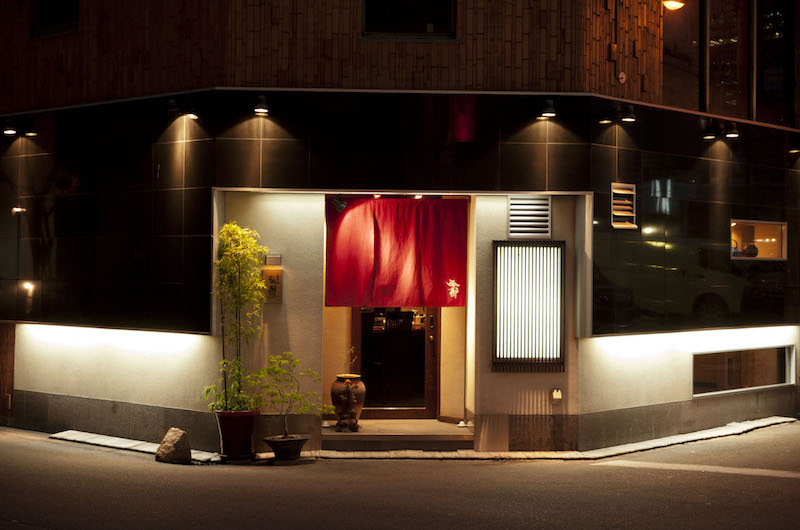
- 10-minute walk from JR Tozai Line Kitashinchi Station, Exit C-92
- Friends, Date, Business, Foreign Guests
- 25,542 yen~
HAJIME
Representing the beauty of Earth through most delicate arrangement of cooking, 3-star gastronomy
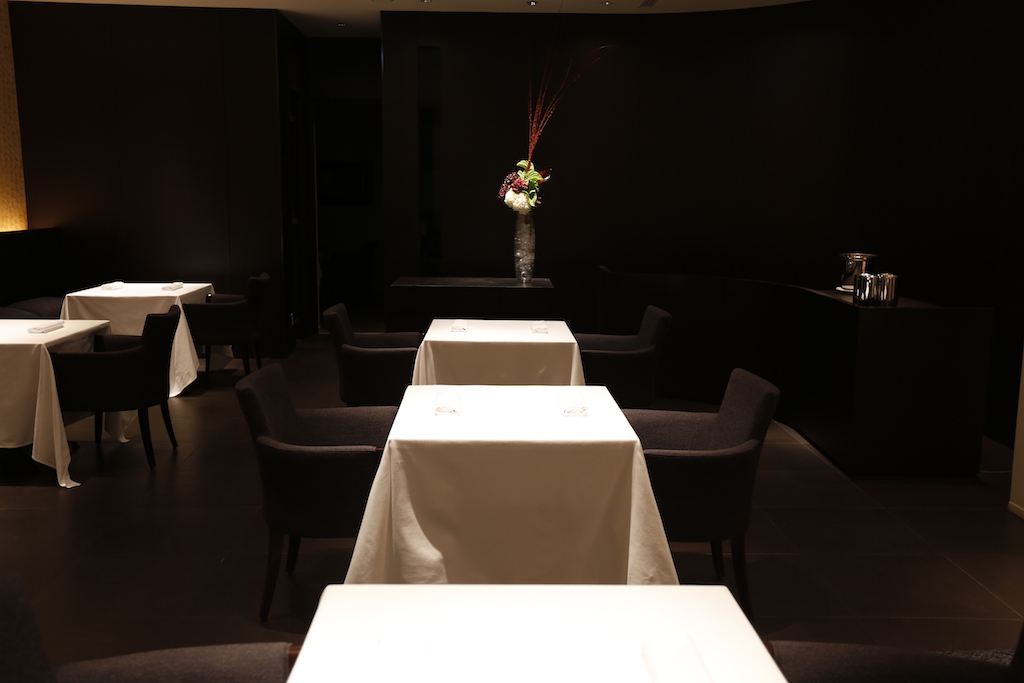
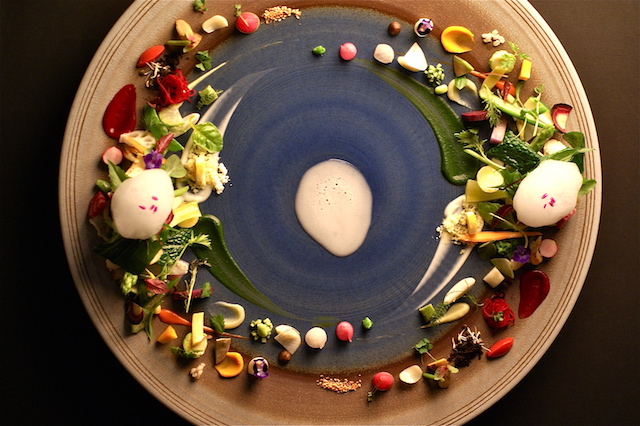
In a quiet side street of Osaka is HAJIME, serving elegant French food in a formal setting. Tables are well spaced and covered with perfectly ironed white linen, the waiters wearing dinner jackets. The dishes pay homage to the classics of French cuisine, with for example a version of a famous Michel Bras dish, where dozens of different vegetables, herbs and flowers are prepared in assorted ways and then elegantly presented. They can cook meat well here too, as with a dish of Tasmanian lamb with sorrel sauce. Even the bread, made from scratch in the kitchen, is terrific. The service is attentive and charming, so HAJIME has the complete package.
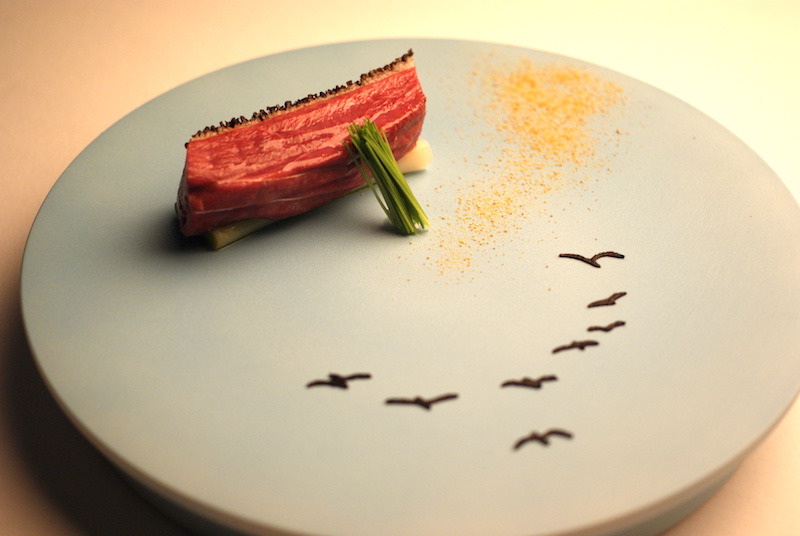
- 3-minute walk from Osaka Municipal Subway Yotsubashi Line Higobashi Station, Exit 7
- Friends, Date, Business, Foreign Guests
- 56,003 yen~
Our Next Episode
Coming Soon
About
Pocket Concierge


